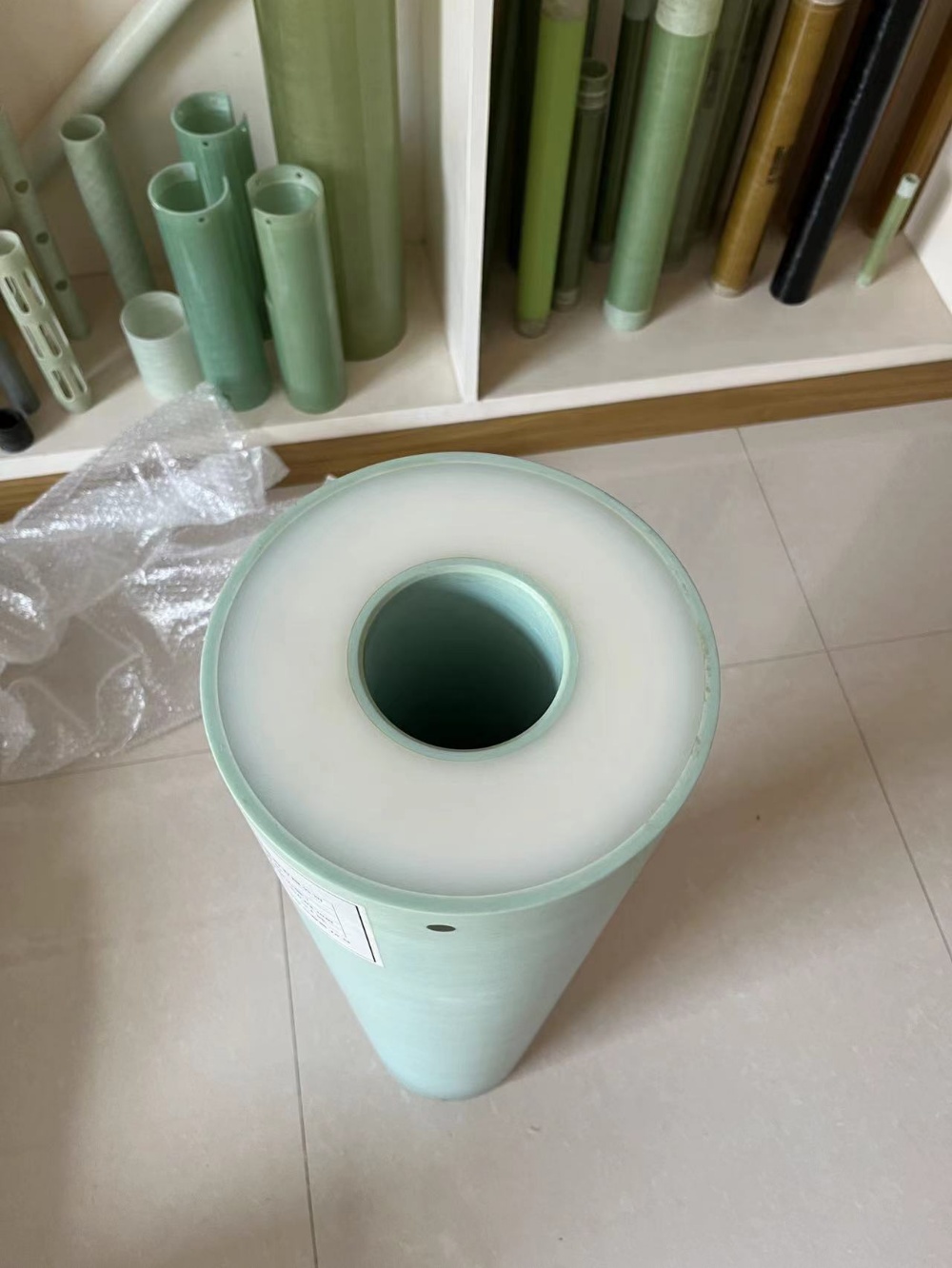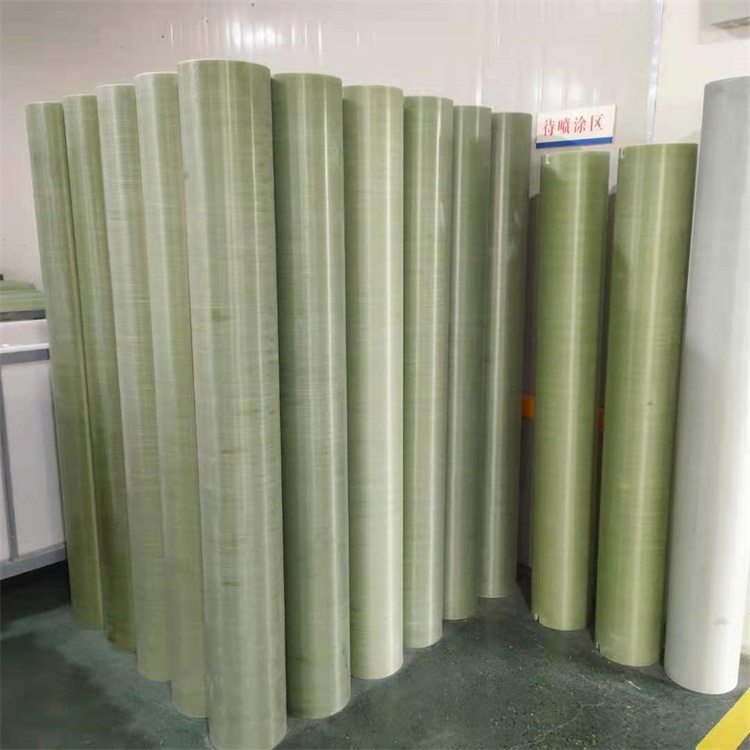FRP Tubes vs. Steel Tubes: A Comprehensive Comparison
Introduction:
Tubes are used in various industries for the transportation of fluids and gases. Traditionally, steel tubes have been the material of choice due to their high strength and durability. However, with advancements in technology, fiber-reinforced plastic (FRP) tubes are becoming increasingly popular due to their lightweight, corrosion-resistant, and non-conductive properties. This article will compare FRP tubes and traditional steel tubes, examining their advantages and disadvantages, applications, and future trends.

Advantages of FRP Tubes:

Advantages of Steel Tubes:


Disadvantages of FRP Tubes:
More expensive compared to steel tubes: FRP tubes are more expensive than steel tubes, primarily due to the cost of the raw materials used to make them.
Not suitable for high-temperature applications: FRP tubes are not suitable for use in high-temperature applications as they can degrade under high temperatures.
Requires skilled labor for installation: FRP tubes require skilled labor to install due to their unique properties, which may increase installation costs.
Disadvantages of Steel Tubes:
Heavy and difficult to transport: Steel tubes are heavy and difficult to transport, requiring specialized equipment and resources to move them.
Prone to corrosion and rusting: Steel tubes are prone to corrosion and rusting, especially when exposed to moisture or corrosive environments.
Conductive, which can cause electrical hazards: Steel tubes are conductive, which means they can cause electrical hazards if used in certain applications.
Applications of FRP Tubes:
Chemical processing plants: FRP tubes are ideal for use in chemical processing plants due to their excellent chemical resistance properties.
Oil and gas industry: FRP tubes are often used in the oil and gas industry for transporting fluids due to their resistance to corrosion and ability to withstand harsh environments.
Water and wastewater treatment: FRP tubes are well-suited for use in water and wastewater treatment plants due to their resistance to chemicals and corrosive environments.
Power generation: FRP tubes are used in power generation facilities for cooling water and other applications that require resistance to corrosion and high temperatures.
Marine industry: FRP tubes are commonly used in marine applications due to their resistance to saltwater and harsh environmental conditions.
Applications of Steel Tubes:
Construction industry: Steel tubes are widely used in the construction industry for building structures and infrastructure due to their strength and durability.
Transportation industry: Steel tubes are used in the transportation industry for a range
Comparison table of FRP tube and streel tube
| Parameters | FRP Tubes | Steel Tubes |
|---|---|---|
| Material Properties | ||
| Density | Low | High |
| Strength | High stiffness and strength-to-weight ratio, but lower tensile strength than steel | High tensile strength |
| Corrosion resistance | Excellent resistance to chemical corrosion and rust | Prone to rust and corrosion without protective coating |
| Conductivity | Non-conductive | Conductive |
| Heat Resistance | Limited resistance to high temperatures | High resistance to high temperatures |
| Weather Resistance | Susceptible to UV radiation and weathering | Resistant to weathering |
| Manufacturing Process | ||
| Cost | More expensive than steel tubes | Cheaper than FRP tubes |
| Manufacturing Time | Longer manufacturing time due to complex manufacturing process | Shorter manufacturing time |
| Production Ability | Limited range of sizes available | Wide range of sizes available |
| Installation and Maintenance | ||
| Installation | Requires skilled labor for installation | Requires specialized tools and equipment for installation |
| Maintenance | Low maintenance required due to excellent corrosion resistance | Requires ongoing maintenance to prevent rust and corrosion |

